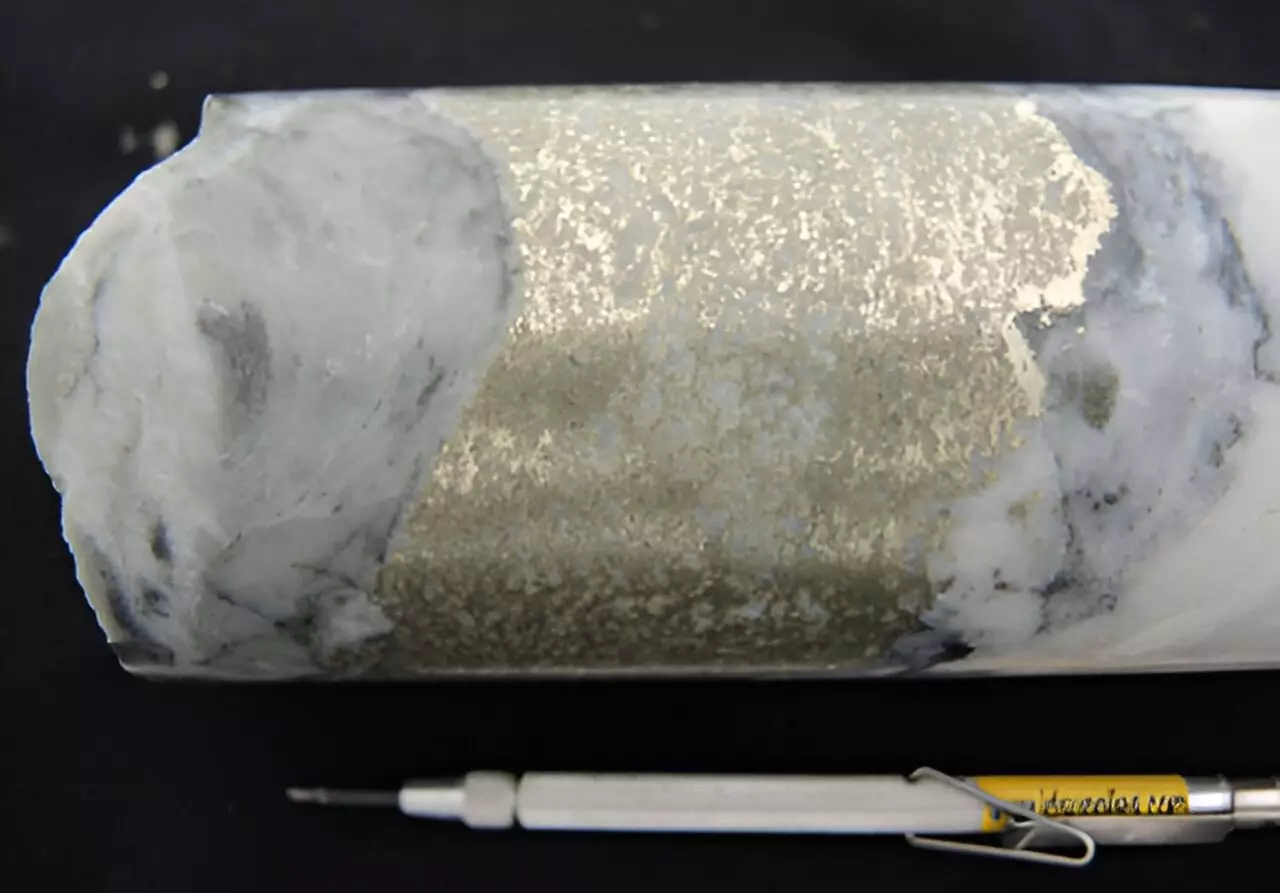Gold has long fascinated humanity—not merely for its gleaming beauty but also for its strategic importance in technology and sustainable energy. Traditionally, our understanding of gold deposits has been limited to terrestrial sources, with mining practices often inflicting significant environmental harm. However, recent groundbreaking research challenges this paradigm, revealing that gold formation is more dynamic and diverse than previously believed. It paves the way for a potential revolution in how we locate and extract this invaluable resource, emphasizing sustainability and innovation.
The core revelation from McGill University’s researchers is that seawater played a pivotal role in the formation of gold deposits in ancient geological settings. By examining rocks from the remote Brucejack deposit in British Columbia, the team uncovered evidence that seawater, long thought to be a passive presence in geological processes, actively interacted with mineral-rich fluids deep within the Earth’s crust. This interaction created conditions conducive to gold nugget formation, a process that, until now, was largely associated with terrestrial, hydrothermal activity.
What makes this discovery truly compelling is its implication that oceanic environments—particularly submarine island arcs and deep-sea trenches—may harbor vast, previously overlooked gold resources. These underwater settings, often dismissed as inaccessible, could prove to be fertile grounds for high-grade gold deposits. The notion that gold could be sourced from the ocean floor disrupts conventional wisdom and broadens the scope of potential mining sites, aligning with global efforts to minimize environmental disruption.
Furthermore, the scientists’ investigation employed cutting-edge high-resolution mass spectrometry, enabling them to decode the nuanced chemical signatures within the rocks. They identified sodium ions in seawater as the catalysts, akin to the souring process in milk that causes proteins to clump together. This ionic interaction facilitates the aggregation of gold nanoparticles into substantial veins, much like the formation of high-grade ore deposits on land. The analogy underscores how fundamental chemical interactions under specific conditions can lead to the emergence of concentrated mineral deposits, revealing an elegant simplicity behind complex geological phenomena.
This research not only expands our scientific understanding but also has far-reaching practical implications. As the world pivots towards renewable energy sources and electronic innovations, the demand for critical minerals—including gold—increases exponentially. However, traditional mining methods are plagued by environmental degradation, contaminating ecosystems and consuming vast amounts of land and water. The prospect of underwater gold deposits introduces a paradigm shift—potentially accessing rich mineral sources with less surface disruption and lower ecological costs.
Yet, harnessing oceanic gold reserves is not without challenges. The technical hurdles of deep-sea exploration remain formidable, requiring advanced robotics and environmentally sensitive extraction techniques. Moreover, legal and environmental regulations governing seabed mining are still evolving, necessitating careful consideration to prevent ecological damage. Nonetheless, the promise of tapping into Earth’s concealed mineral wealth to support green technologies makes this an avenue worth pursuing.
From a geopolitical perspective, the discovery encourages a more equitable and sustainable approach to resource management—one that diversifies our supply chains beyond terrestrial bounds. Its potential for reducing the environmental footprint of gold sourcing aligns well with growing societal demands for responsible resource utilization and climate-conscious development. As the research demonstrates, the ocean’s depths may hold the key to a cleaner, more sustainable mineral future, challenging us to develop innovative extraction methods that prioritize environmental stewardship.
In essence, this research invites us to reconsider our relationship with the Earth’s hidden treasures. It hints at a future where sustainable practices, cutting-edge science, and deep-sea exploration converge to unlock resources vital for technological progress—while preserving the planet for generations to come. The ocean, long regarded as the final frontier of terrestrial exploration, now emerges as a promising frontier for responsible mineral discovery, potentially transforming the landscape of mining and resource sustainability forever.

